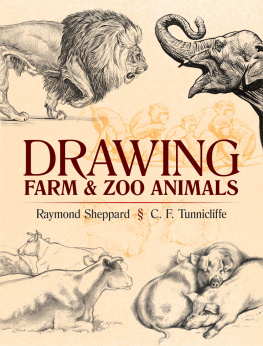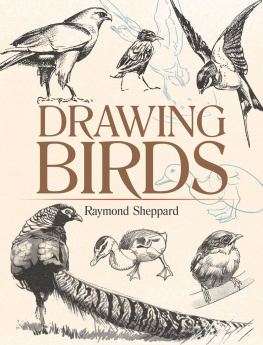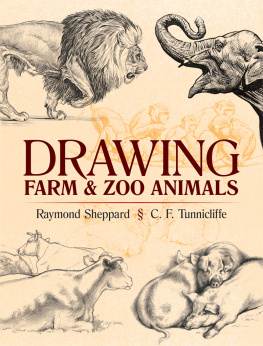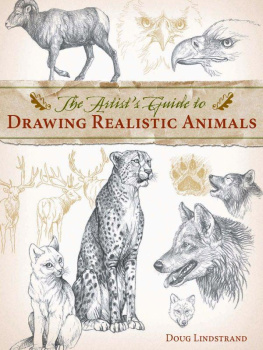Raymond Sheppard - Drawing Farm and Zoo Animals
Here you can read online Raymond Sheppard - Drawing Farm and Zoo Animals full text of the book (entire story) in english for free. Download pdf and epub, get meaning, cover and reviews about this ebook. year: 2018, publisher: Dover Publications, genre: Detective and thriller. Description of the work, (preface) as well as reviews are available. Best literature library LitArk.com created for fans of good reading and offers a wide selection of genres:
Romance novel
Science fiction
Adventure
Detective
Science
History
Home and family
Prose
Art
Politics
Computer
Non-fiction
Religion
Business
Children
Humor
Choose a favorite category and find really read worthwhile books. Enjoy immersion in the world of imagination, feel the emotions of the characters or learn something new for yourself, make an fascinating discovery.
- Book:Drawing Farm and Zoo Animals
- Author:
- Publisher:Dover Publications
- Genre:
- Year:2018
- Rating:5 / 5
- Favourites:Add to favourites
- Your mark:
Drawing Farm and Zoo Animals: summary, description and annotation
We offer to read an annotation, description, summary or preface (depends on what the author of the book "Drawing Farm and Zoo Animals" wrote himself). If you haven't found the necessary information about the book — write in the comments, we will try to find it.
For the first time in a single-volume edition, this guide combines the works of two of Britains leading animal illustrators of the 20th century, Raymond Sheppards Drawing at the Zoo and Charles Tunnicliffes How to Draw Farm Animals. Artists of all skill levels will benefit from the books tremendous variety of domestic and wild animal studies, each accompanied by helpful pointers.
Even the smallest of zoos offers models with an abundant variety of shapes and patterns. Its not always easy to capture animals in motion, so in Drawing at the Zoo, Raymond Sheppard proposes starting with sleeping creatures and the less excitable types to help overcome the practical difficulties. Other suggestions include what not to do, notes on distinctive animal characteristics, and a survey of basic shapes, all illustrated by the authors own work. Charles F. Tunnicliffe, author of How to Draw Farm Animals, grew up on a farm and drew and painted animals all his life. In addition to dozens of fascinating examples of his sketches, his book includes informative comments on farm life that provide essential tips for the realistic portrayals of horses, cattle, pigs, and sheep as well as the farmers dog and the farmyard cat.
Raymond Sheppard: author's other books
Who wrote Drawing Farm and Zoo Animals? Find out the surname, the name of the author of the book and a list of all author's works by series.











